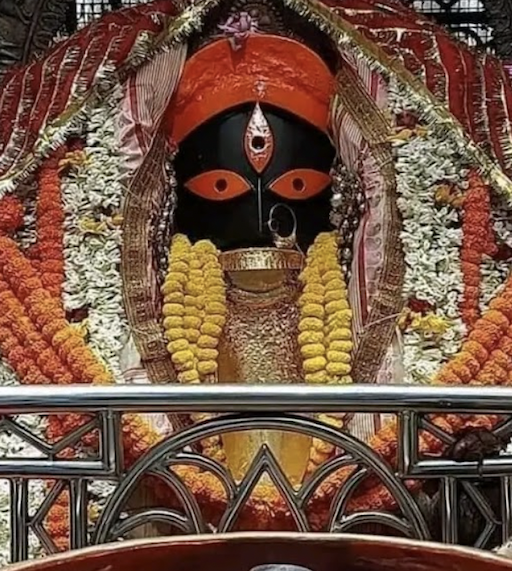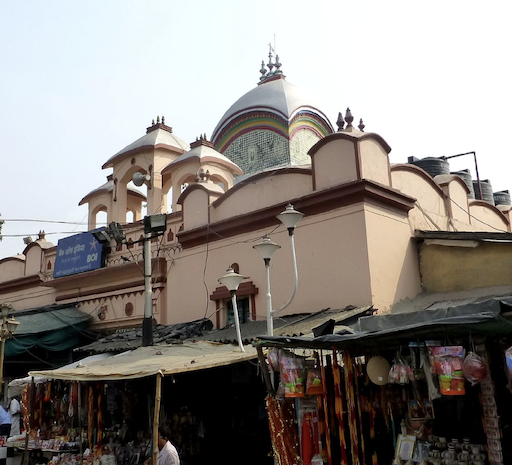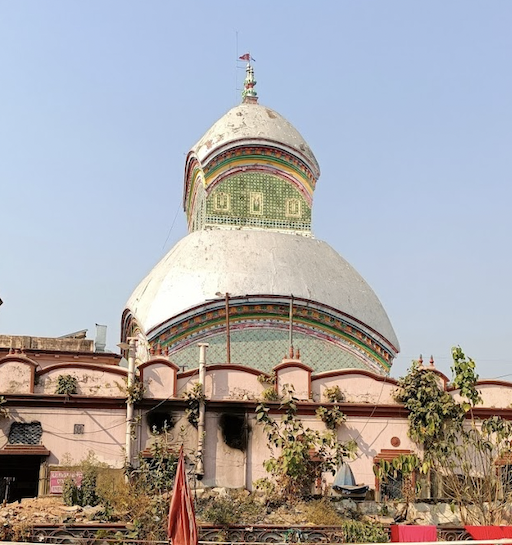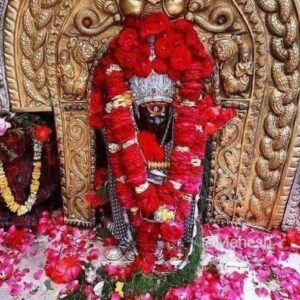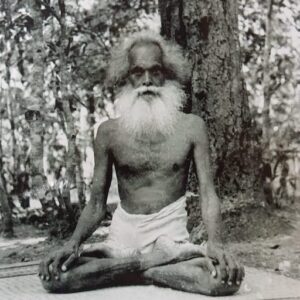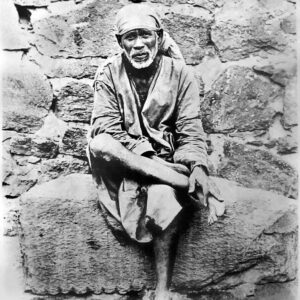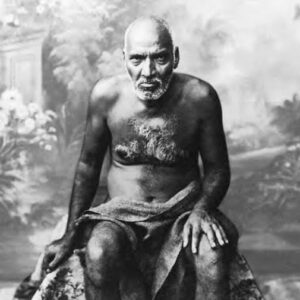The temple of Kalighat is a place of worship for the Shakti cultists from Hindu religion. This is one of the 51
Shakti Peethas. The right toe of
Dakshayani is said to have fallen here. The
Shakti here is known as Kalika, while the
Bhairava is Nakulesh. The speciality of Kali of this temple is the long protruded tongue made of gold. The idol of Goddess Kali in the temple is quite different from the other idols in the state. The present idol of the
Goddess Kali which is there in the temple has been given shape by two people: Atmaram Giri and Brahmananda Giri.
When the Lord Shiva frantically danced exhibiting outrageous cosmic exasperation in fury (Tandav Nritya) to destroy the Universe at the loss of his beloved wife Sati’s life, the legent says that the Lord Visnu saved the Universe from being ravaged by cutting the body of Sati into pieces and spreading those throughout India. Each of those parts of the body wherever fell, that place became a pilgrimage and storage of Cosmic power. Kalighat is one such pilgrimage where the little finger of Sati exists. Hence peoples come here to get touch of that blessed part of Sati with some wishes and prayers which they get fulfilled by the Cosmic power of Her grace.
In its present avatar, Kalighat temple is a mere 200 years old. Goddess Kali is regarded as the most complex Goddess of the Hindu pantheon .This dark and fearful deity has been worshipped by not only the people of Kolkata but by devotees all across the globe. In the past , wealthy Bengali merchants and landlords (Zamindars) were great patrons of the Kalighat temple and folklore has it that the noble Roy Chowdhury family of Bengal were instrumental in constructing the present edifice.
Kalighat Temple has reference in the 15
th century texts. One Raja Basanta Roy, uncle of Prapaditya and the King of Jessore, Bangladesh built what is now known as old Temple.This temple was situated on the bank of river Adi Ganga. The The present temple was built by the
Sabarna Roy Choudhury family of Barisha in 1809. They offered 595 bighas of land to the Temple deity so that worship and service could be continued smoothly. It is believed by some scholars that the name
Calcutta was derived from Kalighata.
Though no one really knows the genesis of the temple legendhas it that a devotee discovered a luminant ray of light coming from the Bhagirathi river bed, and upon investigating its source came upon a piece of stone carved in the form of a human toe. He also found a Syayambhu Lingam of Nakuleshwar Bhairav nearby, and started worshipping Kaali in the midst of a thick jungle.
In the months of Bhadra, Paush and Chaitra (according to Bengali calendar), Kalighat turns into a confluence of devout Bengali and non-Bengali pilgrims.
The pujas and other festivals of light, crackers and colorful processions connected with Navarathri celebrations are hallmarks and highlights of the festivals conducted in honour of Goddess Kali. Apart from the divine power of the residing deity, the temple has long been famous for its fine examples of terracotta art, though a lot of it has been ravaged by time.
